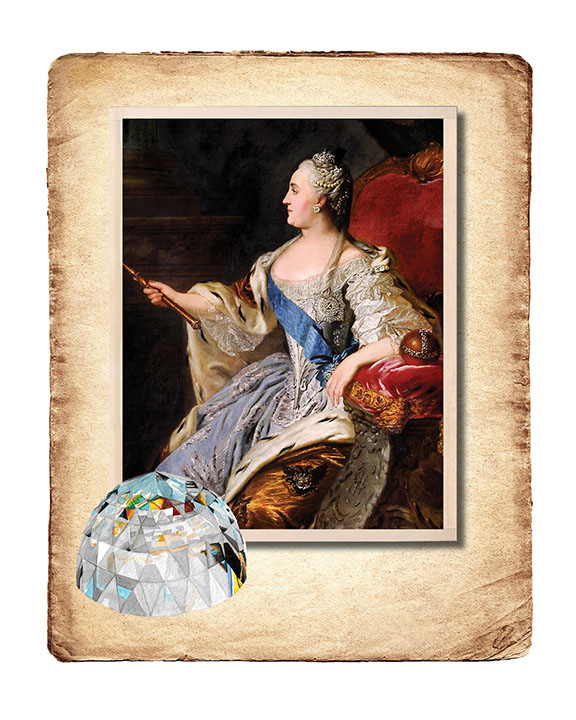The Diamond Capital of the Ancient World – Golconda
Some of the world’s most celebrated natural diamonds share the same provenance, the fabled Golconda mines in India. Precious and rare, Golconda diamonds shine bright through the annals of world history.
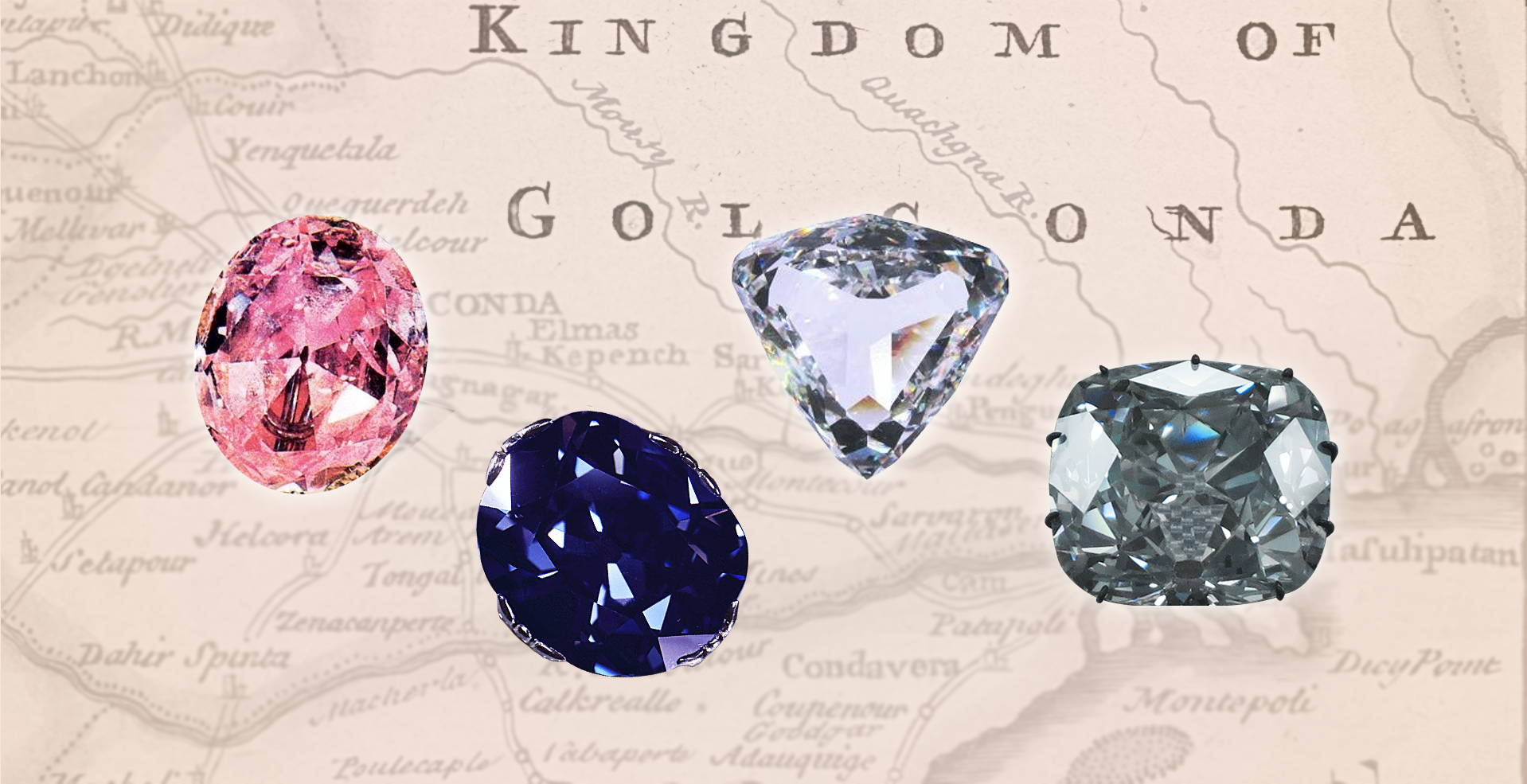
A Journey Back in Time
Historical accounts talk of natural diamond deposits across the length and breadth of India. One of the few foreigners who travelled extensively across the land at that time, visiting gem mines and their kings was the French gem merchant, Jean-Baptiste Tavernier. In an account of his voyages, he explained how India’s diamond deposits were extensive, with stones found in present-day Tamil Nadu (Kadapa district), Maharashtra, Bengal, Bundelkhand to name a few. He further documented that there were 23 mines spread across the kingdom of Golconda and 15 diamond mines in Bījāpur.
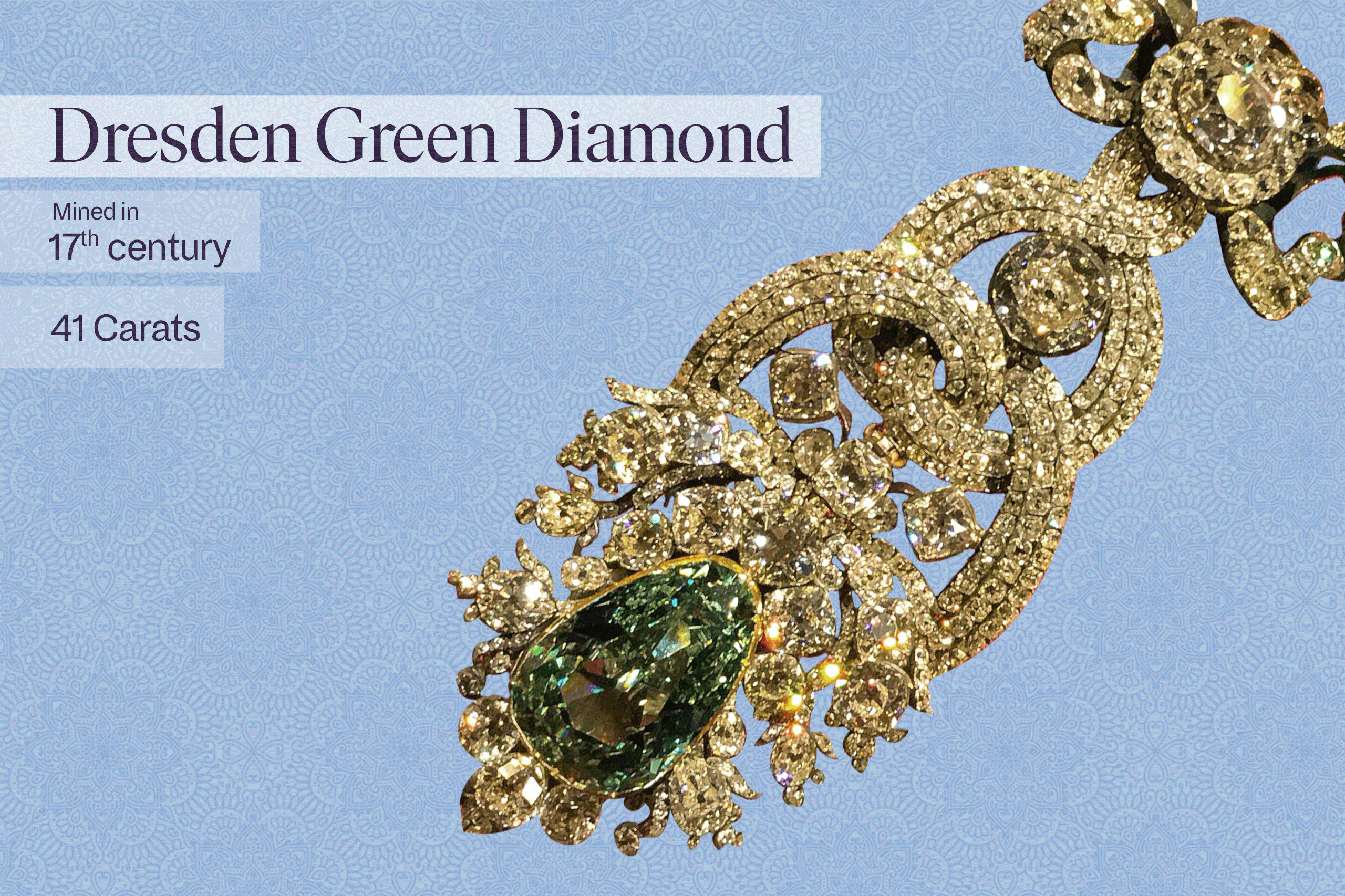
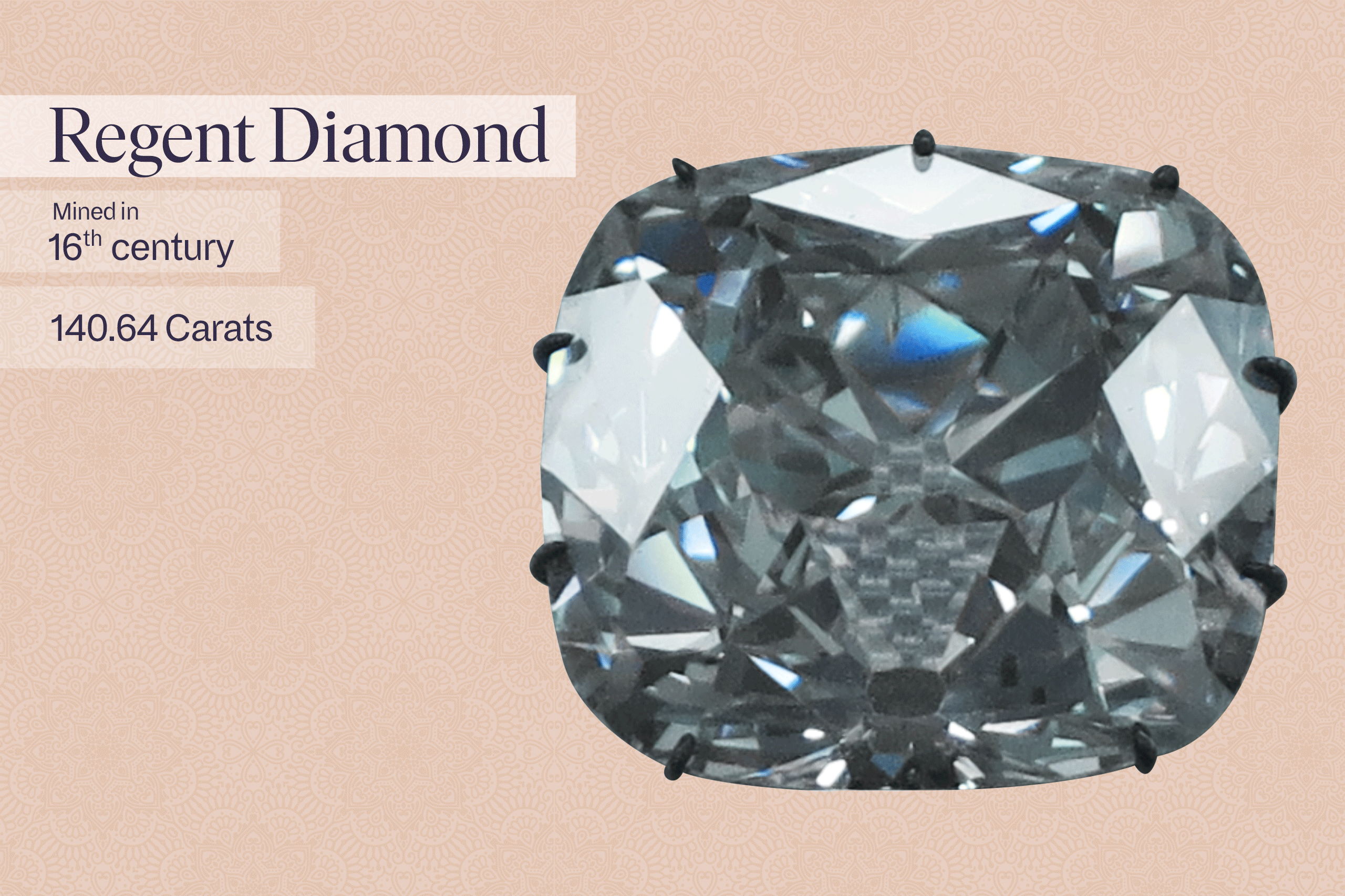

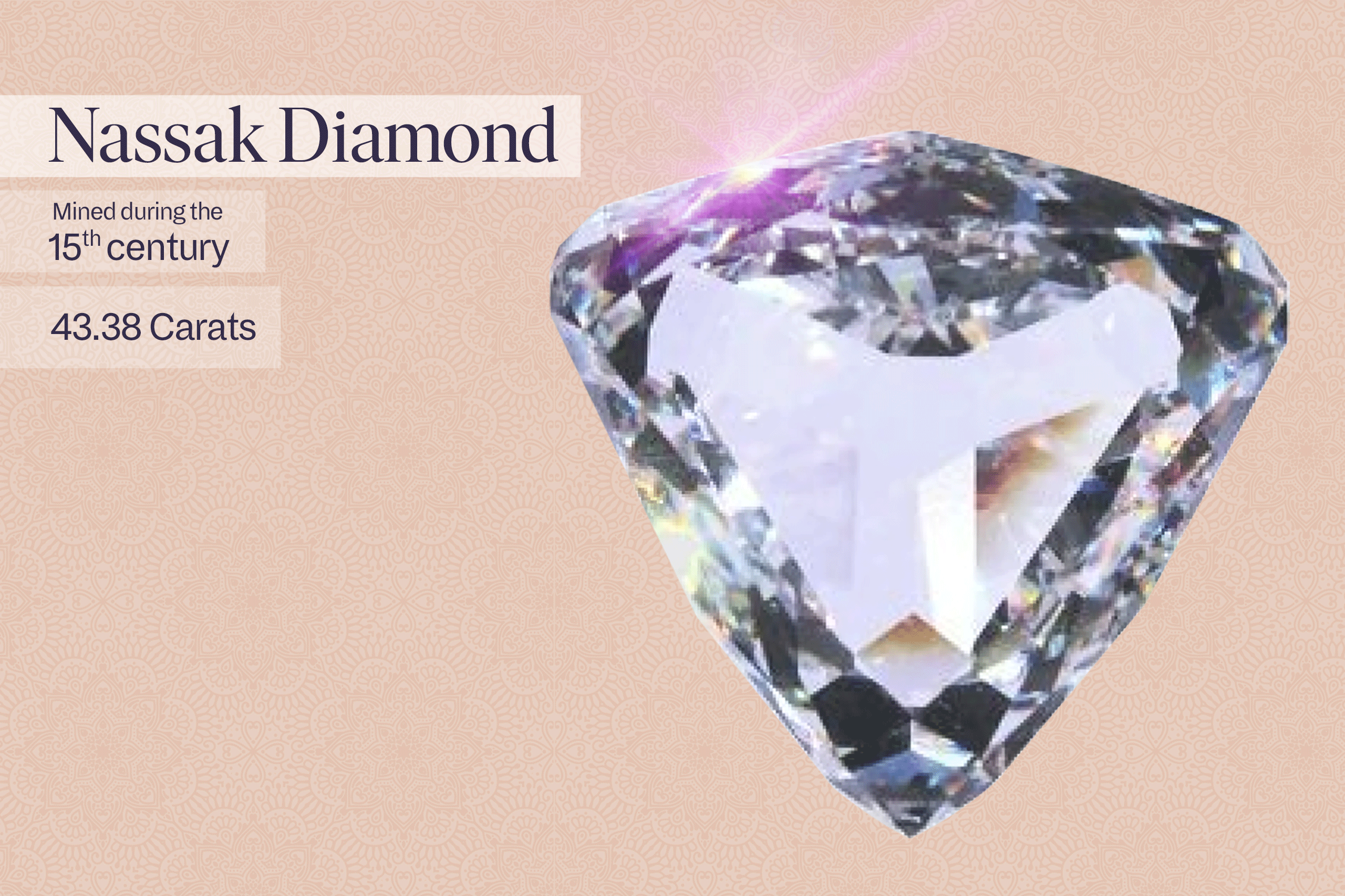
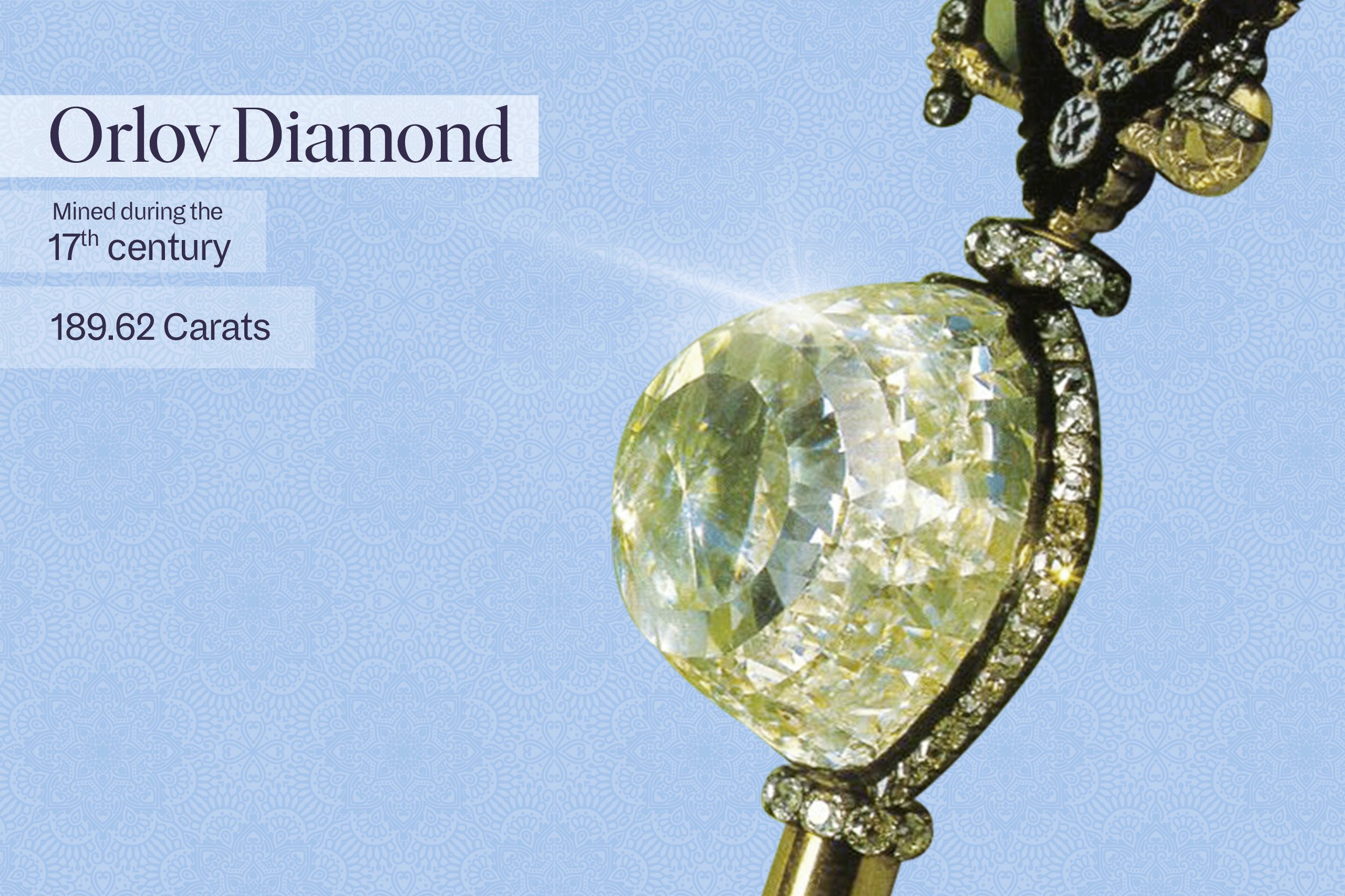
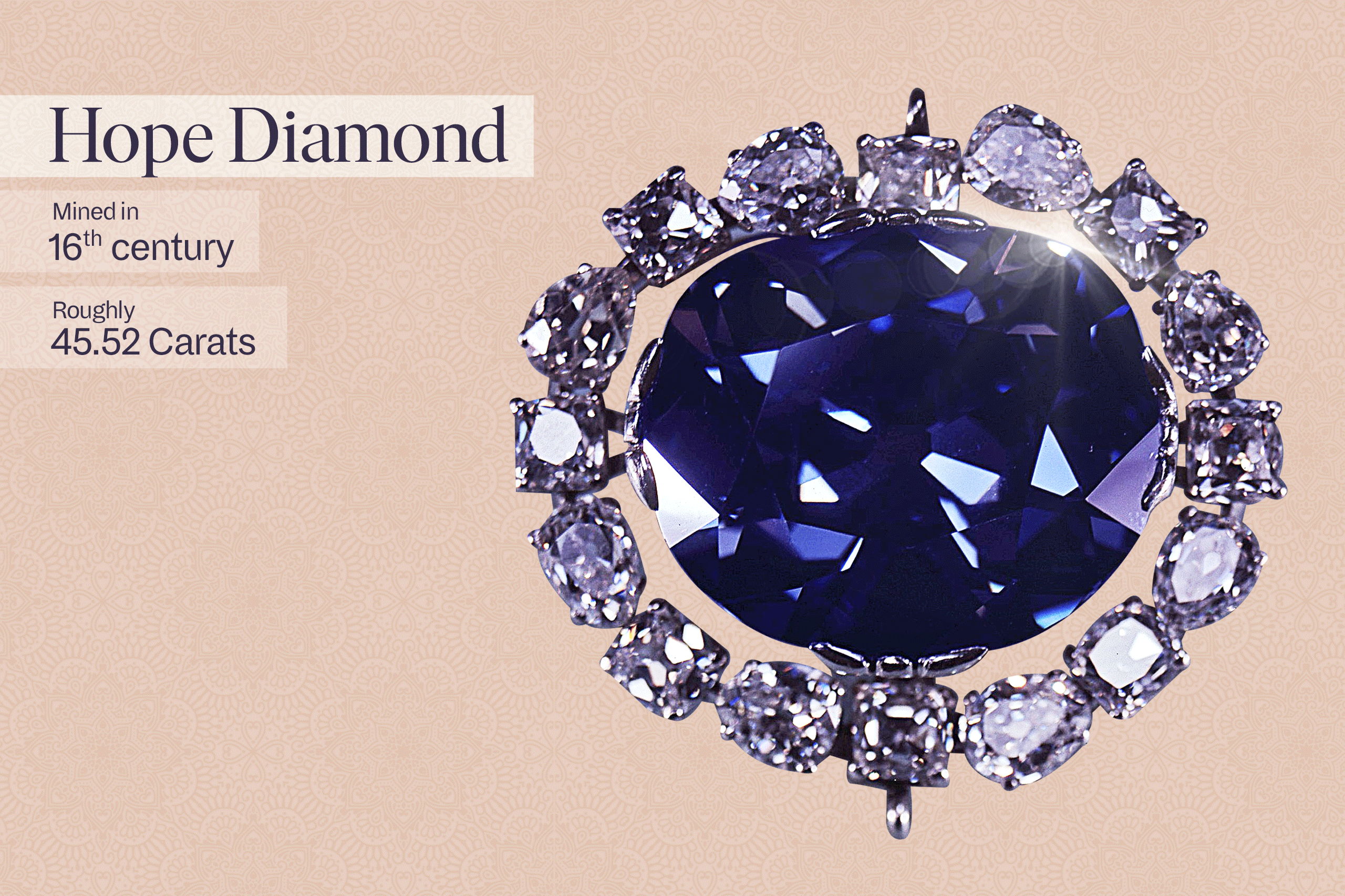
The most iconic natural diamonds from the Golconda mines.
Image courtesy:
Koh-inoor: Britannica
Dresden Green Diamond: Wikipedia
Regent Diamond: Wikimedia
Noor-ul-Ain: Wikipedia
Nassak Diamond: Live History India
Orlov Diamond: Wikipedia
Hope Diamond: Wikipedia
“Bhāgnagar is the name of the capital town of this kingdom, but it is commonly called Golconda, from the name of the fortress, which is only two coss/kos (6.15 Km) distant from it and is the residence of the king.” ~ Jean-Baptiste Tavernier

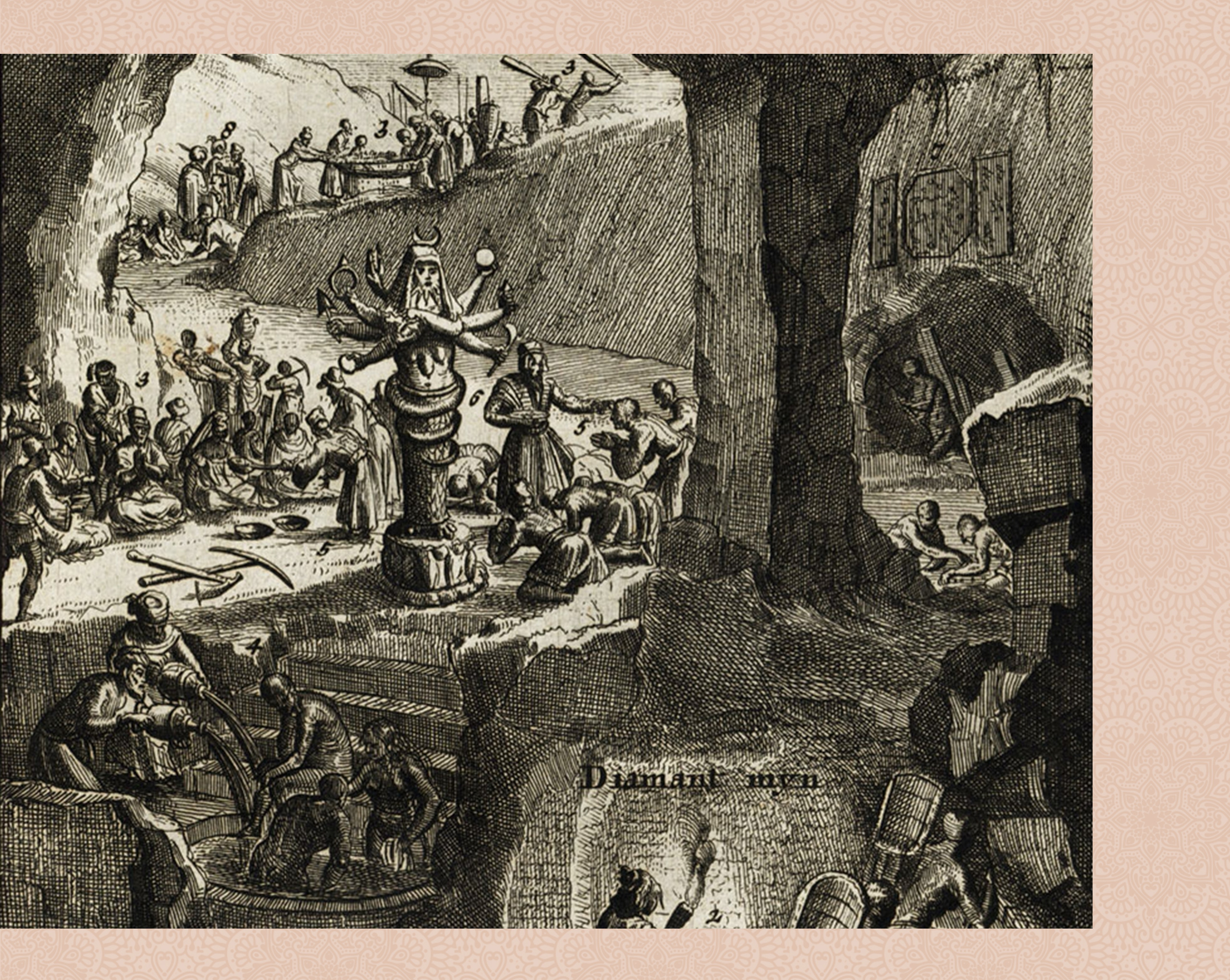
For over two thousand years, India was the only known source of diamonds in the world. By the 18th century, however, supply was running low, and considerable resources were required to penetrate deeper in the rock, which given the primitive mining techniques of that time, proved challenging. The discovery of Natural Diamonds in Brazil in the 18th century followed by South Africa in the 19th century continued the flow of these precious gems to the treasuries of Indian kingdoms. The perfect example being the Jacob diamond, fourth largest in the world, weighing 184 Carats, which hailed from South Africa and was ironically acquired by the Nizam of Hyderabad, whose kingdom was once the largest supplier of diamonds globally.
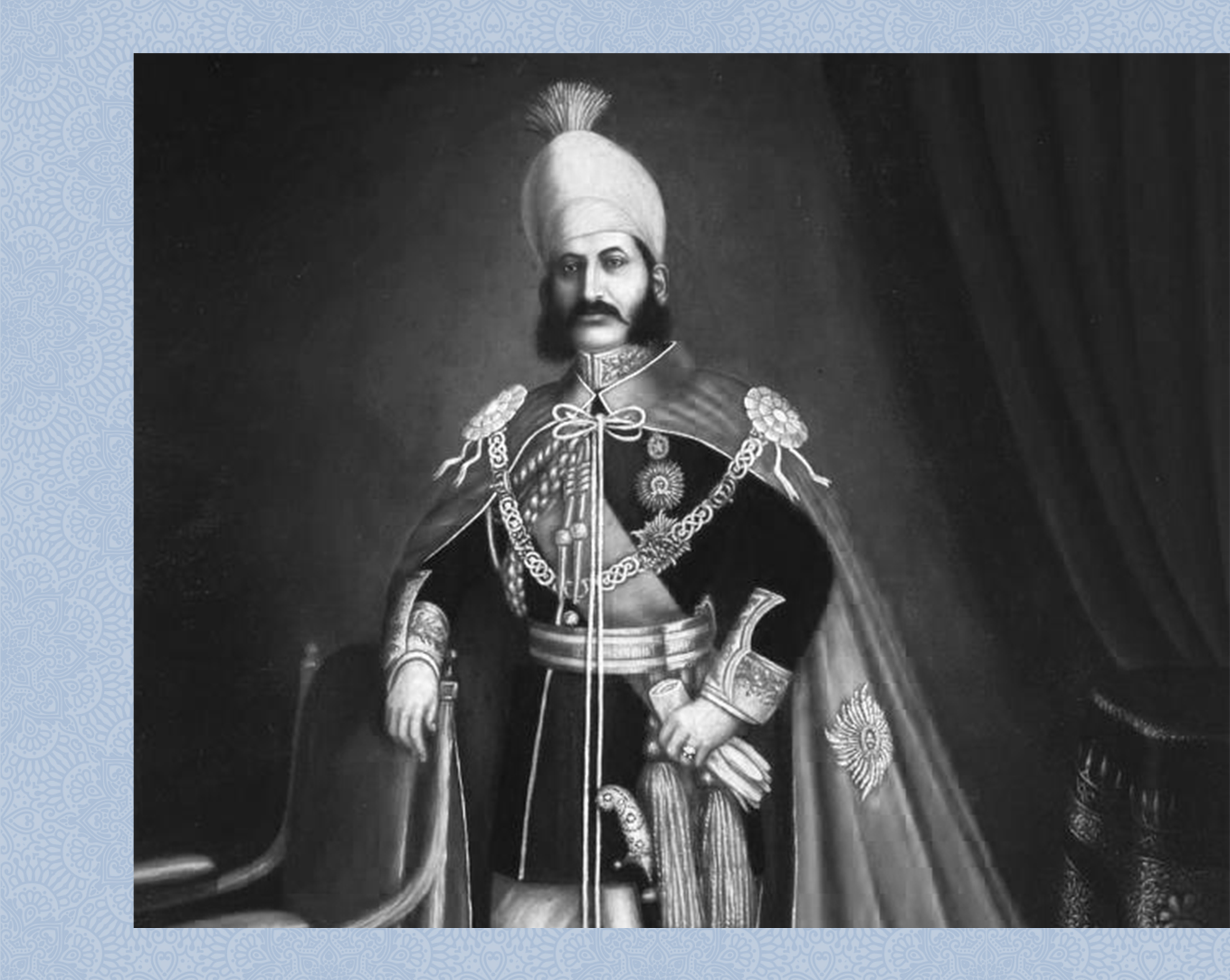
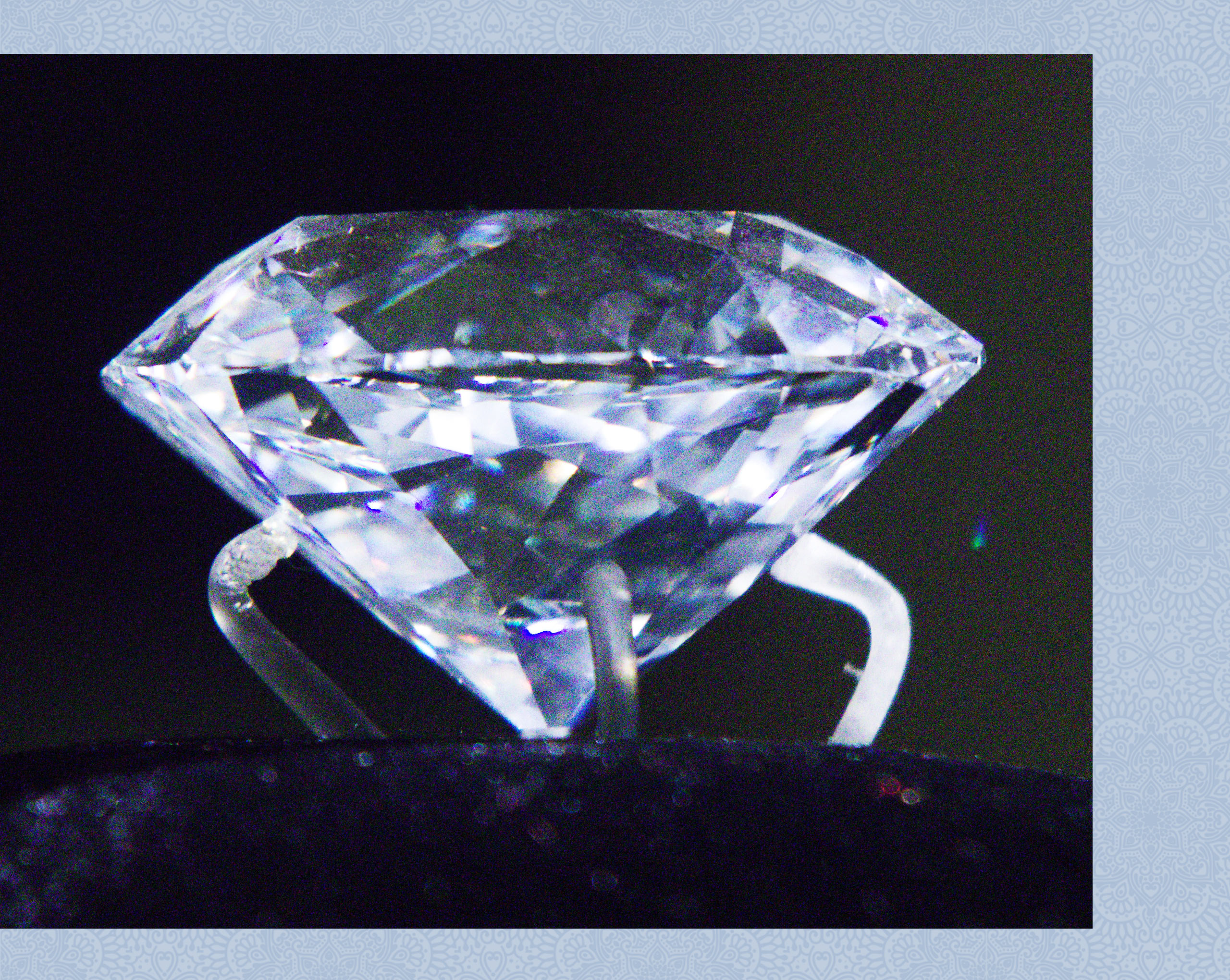
Jacob Diamond
Nizam Mir Mahbub Ali Khan, Asaf Jah VI, was offered the Jacob Diamond by Alexander Malcolm Jacob. Nizam Mir Mahbub Ali Khan
Nizam Mir Mahbub Ali Khan, Asaf Jah VI, was offered the Jacob Diamond by Alexander Malcolm Jacob. Nizam Mir Mahbub Ali Khan.In a chapter dedicated to Golconda, Tavernier shares his experience of visiting the kingdom in the early 17th century, “Bhāgnagar is the name of the capital town of this kingdom, but it is commonly called Golconda, from the name of the fortress, which is only two coss/kos (6.15 Km) distant from it and is the residence of the king.” He further explains how before reaching the town, you traverse through a suburb where all the merchants, brokers, and artisans dwell. “The town is inhabited only by people of quality, officers of the king’s house, ministers of justice, and military men. From ten or eleven in the morning to four or five in the evening, the merchants and brokers come into the town to trade with foreign merchants.”
“The richest mines of India and the most extraordinary of any yet discovered in the world are those of Gani or Couleur. Situated under a plain at the foot of a mountain about seven day’s journey west of Golconda, the deposit was discovered by accident about the middle of the sixteenth century.” Augustus C Hamlin, In the book “Leisure among the gems”
The Natural Diamonds of Golconda
Moving away from this vivid description of a prosperous kingdom, let us now focus on the material itself. Why do Golconda diamonds evoke a hypnotic pull when diamonds existed in other regions of India? In two words, quality and size. In the book “Leisure among the gems” published in 1891, the author Augustus C. Hamlin explains, “The richest mines of India and the most extraordinary of any yet discovered in the world are those of Gani or Couleur. Situated under a plain at the foot of a mountain about seven day’s journey west of Golconda, the deposit was discovered by accident about the middle of the sixteenth century.” Hamlin goes on to share how a native digging the earth to sow millet found a bright, clear crystal of twenty-five carats.
This discovery later led to further exploration uncovering legendary stones such as ‘The Great Mogul’, weighing 796 carats in its original rough condition. During Tarvernier’s visit, the mine employed 60,000 workers. Thirty years later an account by the Earl of Marshal of England, explained how most diamond mines found in India were not being worked, with diamonds coming primarily from the Golconda and Visapour regions.
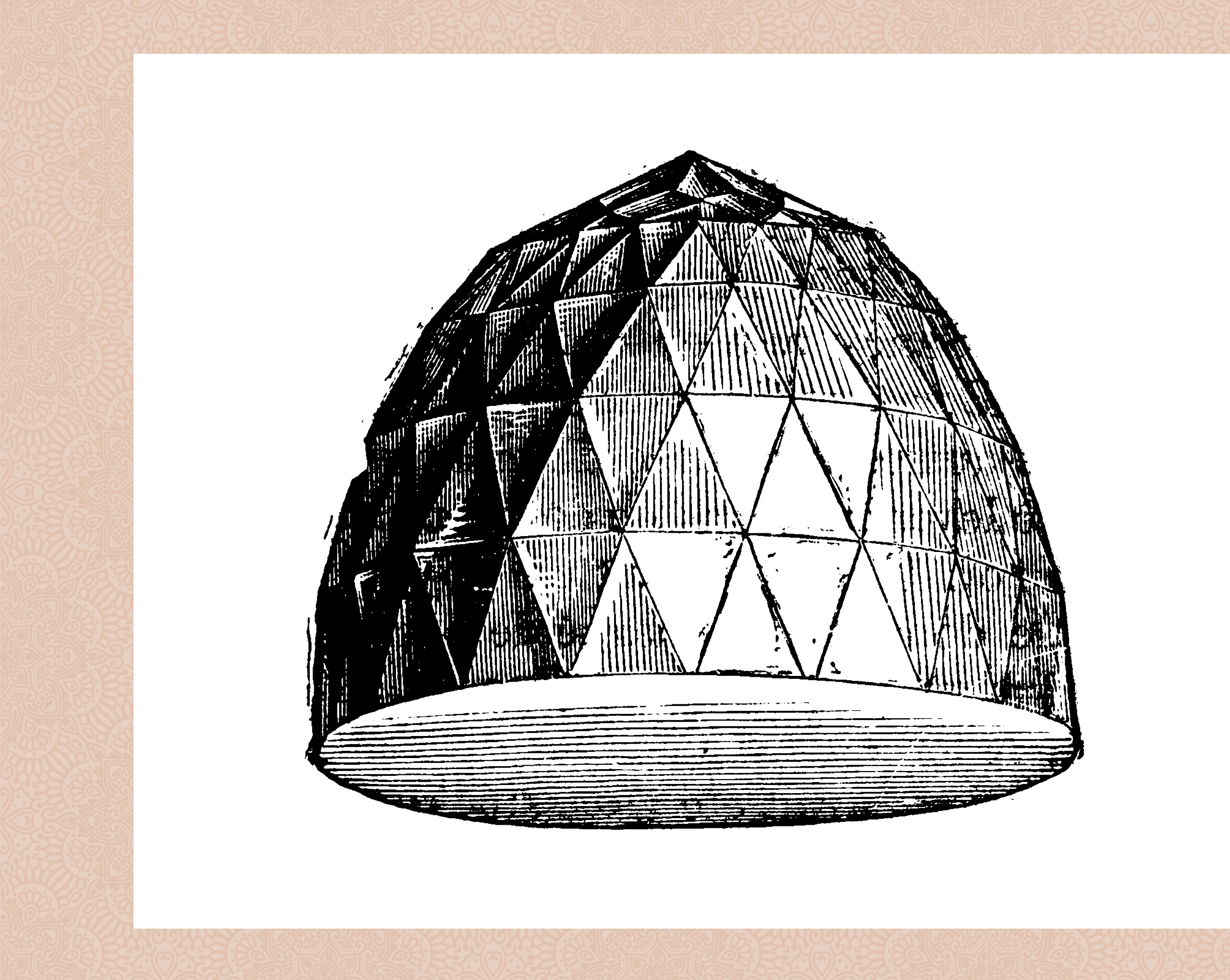
Image Courtesy: Alamy Stock Photos
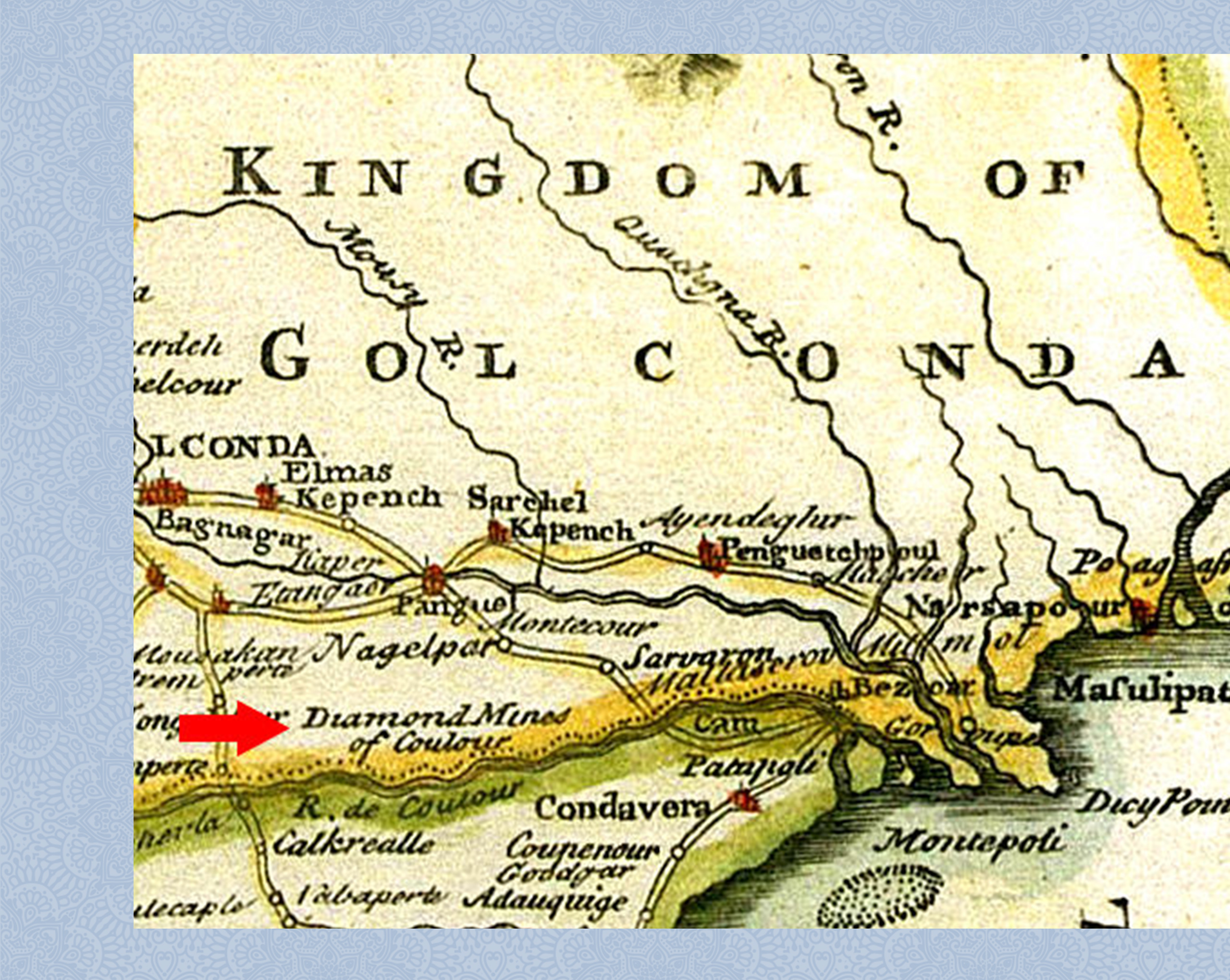
Image courtesy: Harada.ho-seki.com
Till today, the bulk of revenue from any gem mine comes from a small percentage of top-grade material. To find that elusive quality, however, a large volume of the ore requires extraction. Marshal’s account explains why many of the top-quality diamonds came from the Golconda region, achieving legendary status, due to their exceptional limpid quality, and being the only source at that time for Type IIa diamonds. Type IIa diamonds contain no measurable trace of Nitrogen (responsible for the yellow tinge in diamonds) and are highly valued. They epitomise the perfect amalgamation of beauty with rarity as the industry estimates that less than 1% of colourless diamonds are Type IIa.
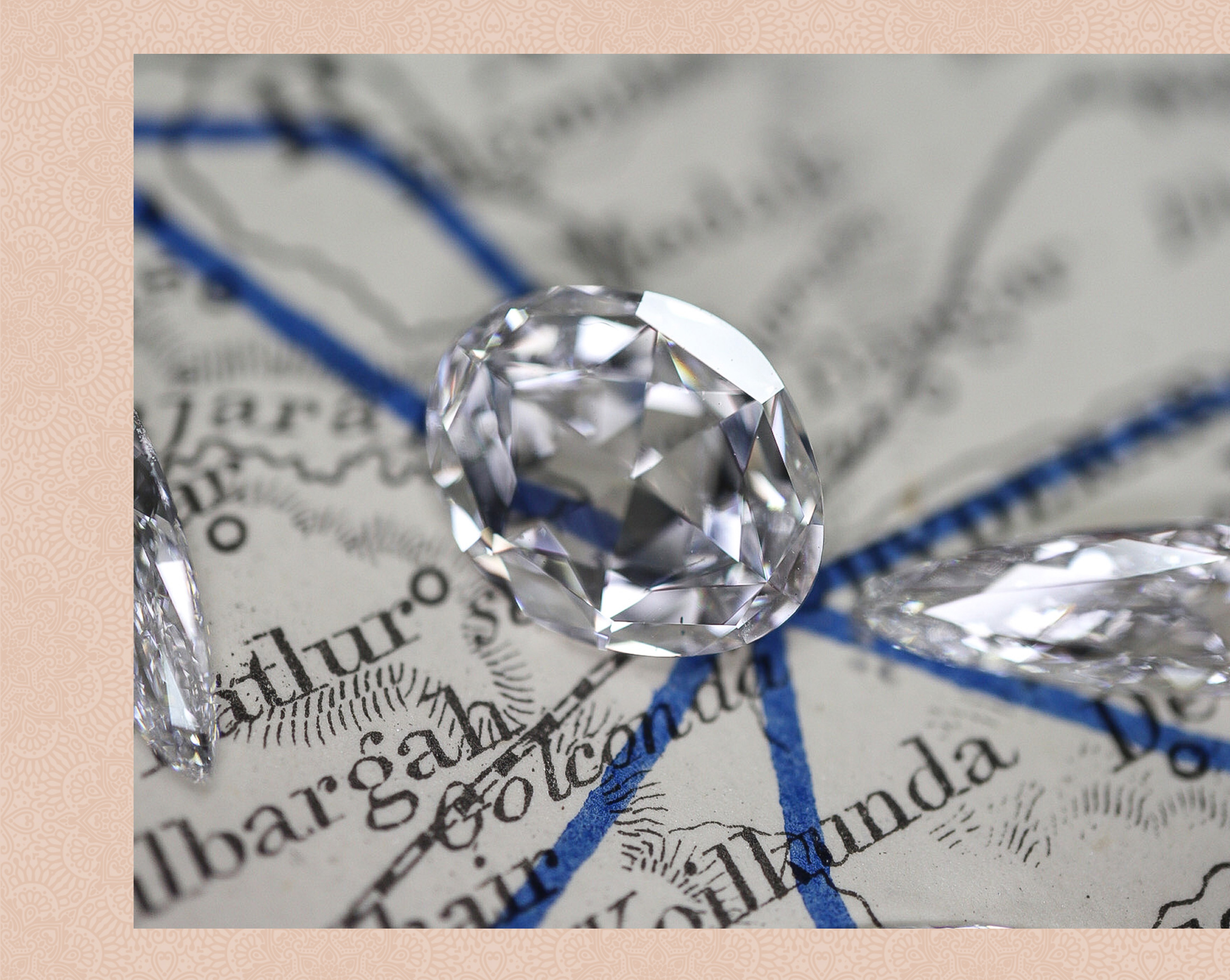
Image courtesy: Richa Goyal Sikri
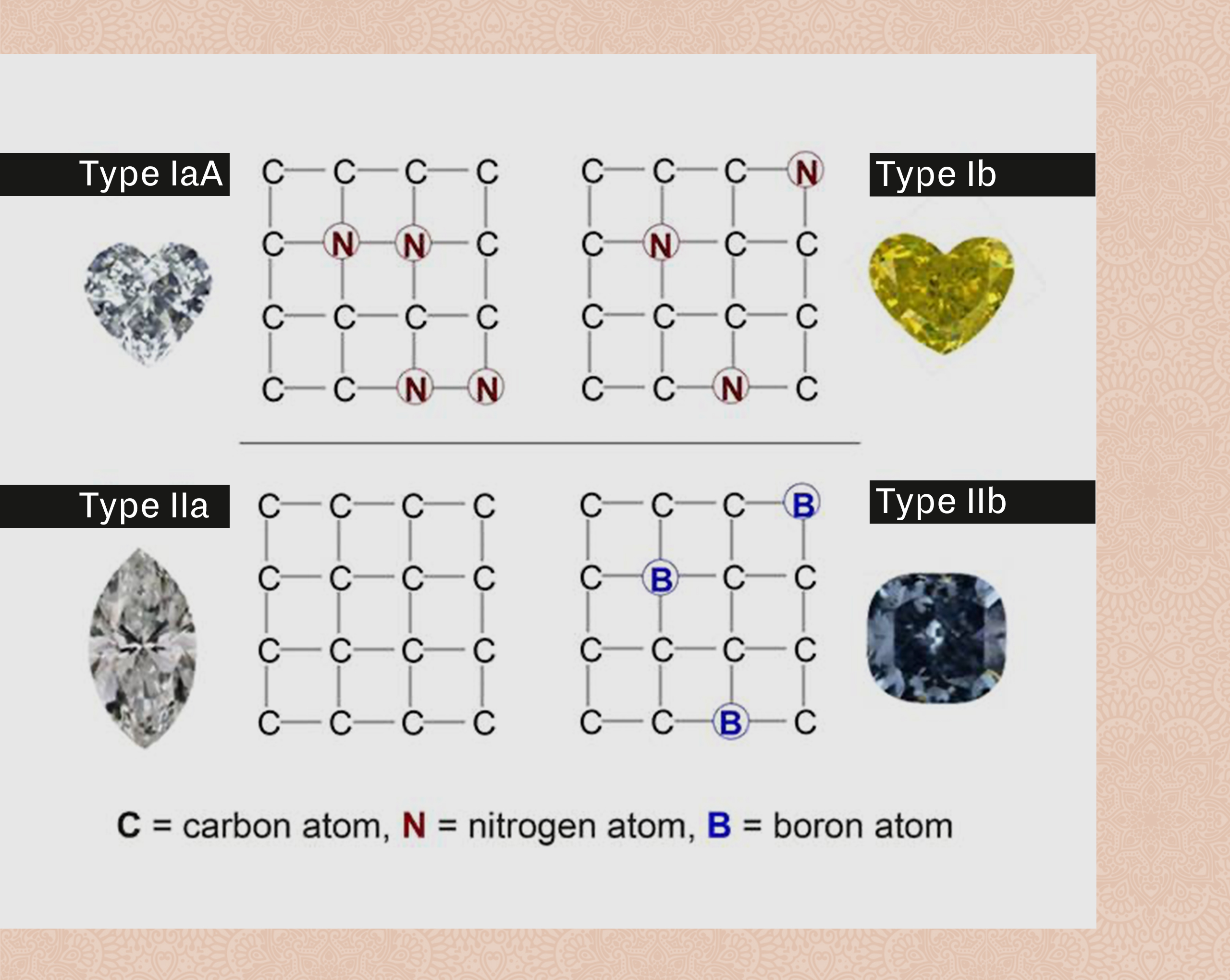
A notable example of a Type IIa natural Diamond from Golconda would be The Beau Sancy. Weighing 34.9 carats, The Beau Sancy was worn by Marie de Medici in 1610 at her coronation as Queen Consort of Henri IV of France. In 2012, the modified pear double rose cut diamond realised US$9.7 million at the Sotheby’s auction. Featuring distinctive triangular facets, it has witnessed 400 years of European history, enjoyed by the royal families of France, England, Prussia, and the House of Orange.
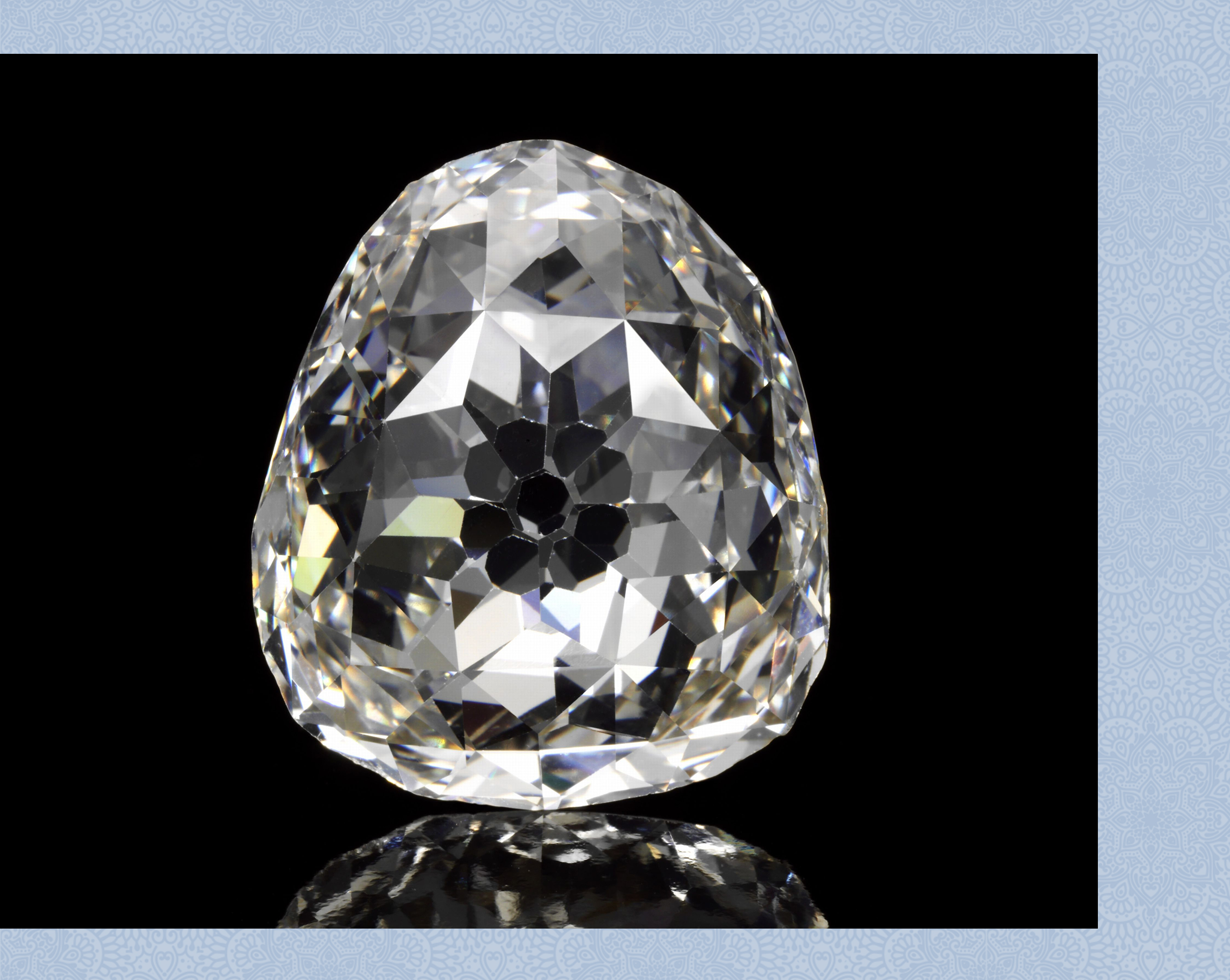
Image courtesy: Sotheby’s
While Western benchmarks of beauty focus on the fire of a diamond, when it comes to diamonds from the mines of the Golconda kingdom, it is the near flawless ethereal quality that is most admired. Since time immemorial, these Golconda diamonds have travelled the world, carrying tales of their exotic home. The most fabled of them all, the Kohi-noor, traversed ancient cities from the Deccan to the North of India, Persia, Afghanistan, Punjab finally resting with the British Crown Jewels at the Tower of London. The Hope diamond, cut from the original French Blue, came to its current resting place at the Smithsonian National Museum of Natural History in Washington DC, USA via Paris (France). The 31.06 carat, greyish-blue Wittelsbach-Graff, from the same provenance as the Hope, was only recently cut from an original 35.56 carat stone. It travelled to Spain, Bavaria and Austria, and is currently owned by his highness Sheikh Hamad bin Khalifa Al Thani, father of HRH The Emir of Qatar.
Golconda diamonds elicit an intense attraction that seems difficult to explain or comprehend. Perhaps at a sub-conscience level, we associate it with the life-giving light of the sun or maybe something more powerful; like a mirage in the desert, sparkling, shining, symbolising the elixir of life, water.
